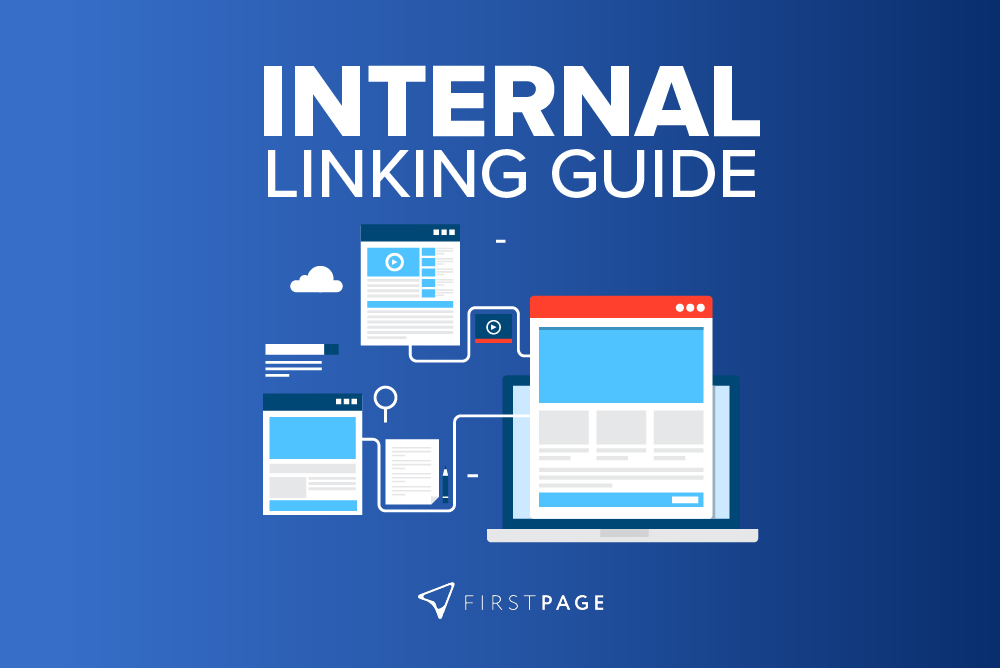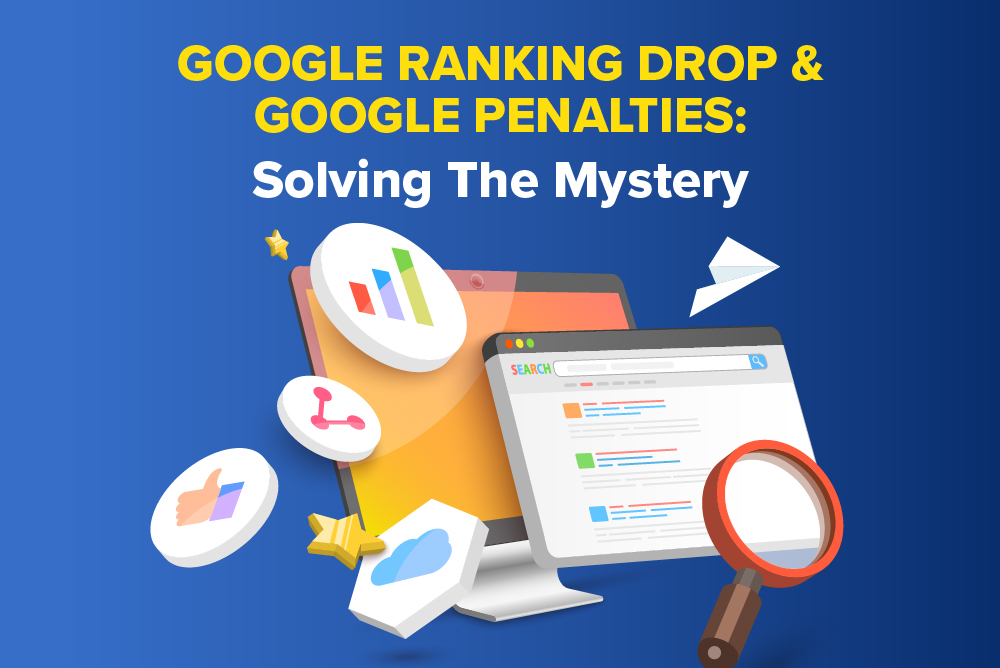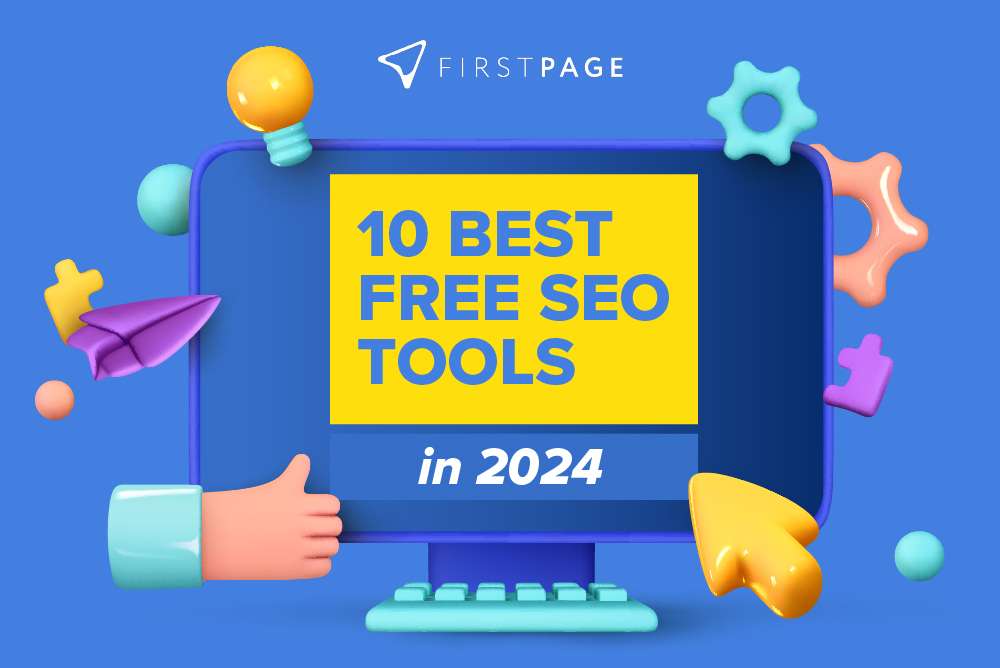A common question amongst marketers new to SEO is do internal links help SEO rankings? The answer is, without a doubt, internal linking matters and it has a huge effect on the performance of your website in SERPs.
What Is Internal Linking In SEO?
The TLDR: Internal linking creates paths for visitors and Google, allowing both human users and bots to traverse your website. In doing so, relationships are created amongst your pages and an overall hierarchy of your website is formed. Based on this understanding, Googlebot is better able to draw conclusions about your website and its relevance for various keywords.
With this in mind, SEOs have long used a variety of SEO internal linking strategies to draw attention to their key pages. These strategies include that of techniques like sitemaps, content pillars, menu hierarchy, footer links, recommended products, and anchor links content.
Now, let’s get into how SEOs use internal linking to deliver better user experience and context to bots.
Types Of Internal Links
As alluded to above, there are various types of internal links that marketers can use on their website. These include:
Navigation Links allow users to quickly and easily move around the website. This usually takes the form of a dropdown menu or side bar located at the top or side of each page. Naturally, navigation links are the most utilised type of links on the website.
Contextual Links link one page to another when providing more detailed information relevant to the topic at hand. This is a primary means through which SEOs can help visitors to move along the user journey on the website.
Footer Links can be found at the bottom of every page, containing links to popular pages. Due to their widespread popularity, typically website footers contain links to “about us”, “contact us”, social profiles, and key product categories.
Anchor links are often found at the top of long form content pages, providing an easy means for users to be transported to the section they are keen on. Through a single click, a smooth transition occurs between the top of the page and the chosen section, all without any scrolling.
Recommended Links are used to suggest additional pages or posts a user may be interested in based on the one they are currently viewing. This is often seen on blogs or product pages, and help both users and bots understand which pages are similar to complementary to each other.
Sitemaps provide a comprehensive overview of all the pages and posts on your website and allow Googlebot to quickly crawl through the site without having to waste time searching for other content. 2 types of sitemaps are often found, (1) XML sitemaps are used by bots to discover pages on your website, while (2) HTML sitemaps provide a directory of links for users to refer to.
Breadcrumbs are a form of navigation and are usually found at the top of pages. They provide insights into the hierarchical structure of your website, allowing users to easily navigate back to more general pages.
Websites with strong SEO foundations often use a combination of these types of internal links to deliver a seamless navigation experience.
Internal Linking Best Practices: Creating Website Structure
Having covered the various types of internal links available to us, we can now take a step by step approach towards creating structure on your website.
Step 1: Determine the Logical Flow of Content
The most important part of creating an effective website structure and hierarchy with internal linking is understanding the logical flow of content on your site. Start by listing out all the categories or topics that you want to cover in your website, then think about the related subtopics within those categories, and decide which top-level pages should organize them.
Step 2: Utilize Silo Structures To Group Content And Make Them Accessible
Based on the grouping of topics under selected top-level pages, you can now insert internal links within the grouping. Afterwhich, ensure that your top-level pages are accessible from the home page, menu, and footer where possible.
This ensures that visitors have easy access to whichever sections they need without having to navigate through unrelated content first. Additionally, consider using URL hierarchy structures to further indicate to visitors about the relationship between a group of pages.
Step 3: Avoiding Internal Link Clutter
When adding internal links to your website, it is crucial to avoid the common mistake of link clutter. This involves adding too many internal links which can make it difficult for visitors to understand where they are on your website.
To prevent this issue, try to limit the number of internal links that you include in any one area – menu, home page, landing pages, footer, and more. Additionally, by controlling the number of outgoing links from these areas, you would be better able to provide a controlled user experience for visitors.
For search bots, carefully curated internal link structures ensure that link equity is not spread thin. Rather, it is distributed optimally to key pages on the website.
Step 4: Make Recommendations On Related Content
In order to provide a more comprehensive experience for visitors, it is important to make recommendations on related content. Related blog content and product recommendations should be called out to in a dedicated section at the bottom of the page. This helps to increase engagement with your website and presents further opportunities to cross sell or educate the visitor.
Step 5: Implementing Breadcrumbs On The Website
Having breadcrumb links at the top of the page allows users to easily jump back to parent category pages. At the same time, it informs both users and bots about which child pages are related to a single parent page.
Step 6: Installing A Dynamic XML Sitemap And HTML Sitemap
In order to make it easier for search bots to crawl and index your website, it is essential to install an XML sitemap. An XML sitemap contains all the URLs of your website that should be indexed by search engines. It also notifies search engines when new content is added or updated.
At the same time, a simple HTML sitemap listing all urls that are accessible to users can be created as a directory of sorts. From here, a link in the footer to the HTML sitemap as well as from your custom 404 page will be highly useful to visitors.
Step 7: For Long Content, Use Anchor Links
When creating content for your website, it is important to remember that visitors may not have the patience or time to read through lengthy articles. To help them navigate long-form content quickly and easily, consider adding anchor links within the text which direct readers to relevant sections. This way, users can easily jump from one section of a page.
Additionally, you can use these same anchor links on other pages. This allows users clicking on CTAs to be directly landed on a section of interest rather than requiring them to scroll to find it.
SEO Internal Linking Strategies
Prioritise Linking To Key Pages
In the previous section, we covered the steps of creating a strong hierarchy within your website using internal links. That is a strong foundation for any website in general looking to create a smooth user experience. Yet, to optimise your website for SEO rankings, further internal linking strategy for key pages needs to be in place.
For starters, you will want to ensure that your key pages receive a high number of internal links and are immediately accessible from your landing pages (e.g. home page). This ensures that they are always easily found and recommended visually to users. In doing so, you are also signaling the relative importance of these pages to search bots.
For a more in depth internal linking strategy, you can even begin to control the number of links entering these pages and exiting from them. In doing so, you would be lowering the number of links that less important pages on your website receive while boosting incoming links for important pages.
Anchor Text Best Practices
One crucial aspect of internal links that we have yet to mention is that of anchor texts. Anchor texts are the words or phrases used as the clickable link within a piece of content. They are used by search engines to understand what is being linked and provide context for the linked page. As such, careful selection of anchor text is critical to ensuring that your key pages appear relevant for chosen keywords.
When creating anchor links, there are several best practices that marketers should follow, these include:
– Use descriptive text that accurately reflects the content of the link’s destination. Ideally, this would include the selected keywords allocated to that page.
– Avoid using non descriptive anchor text such as “click here” or “read more” as these do not give much context to Googlebot.
– Make sure anchor text is styled differently than regular body copy. This ensures that users recognise that a link is present and recommended for them to use.
– Use a variety of anchor texts that provide better context of the relationship between the two pages.
Bonus: Check Your Competitors’ Internal Linking Strategy
It may be useful to check your competitors’ internal linking strategies to gain insights into how they are optimising their website. This can include how they are structuring their internal link structure, which pages they are prioritizing, and more. You can also use this information to identify areas of opportunity or gaps in your own internal linking.
Warning: Avoid Javascript Links
When it comes to internal links, there is one major rule of thumb that marketers should follow: avoid using Javascript links. This is because search engines are not able to crawl and index websites using Javascript and thus, these links will not be followed. As such, any internal link created with Javascript will fail to benefit your website’s rankings or user experience.
Examples of Javascript links include:
(a) A basic Javascript link
<a href=”javascript:alert(‘Hello, World!’);”>Click me</a>
(b) A Javascript link with a function
<a href=”#” onclick=”myFunction()”>Click me</a>
<script> function myFunction() { alert(“This is a JavaScript function!”); } </script>
(c) A Javascript that changes the page’s content
<a href=”#” onclick=”document.getElementById(‘myDiv’).innerHTML = ‘Hello, World!'”>Click me</a>
<div id=”myDiv”>Initial content</div>
In any of the three examples above, the link would be rendered useless for SEO purposes as search engine robots are unable to crawl and index them.
Conclusion On Internal Linking Strategies And Best Practices
Internal links play a major role in any website’s SEO strategy by helping users navigate the website more easily and signal the importance of key pages to search engines. To ensure that your website is optimised correctly, you should consider following the internal linking best practices outlined above.
If you have a larger website, it can be difficult to audit current internal linking practices on your website and to consistently implement a cohesive SEO internal linking strategy. This is where SEO services offered by First Page Digital provide strong value to your digital marketing efforts.
Our comprehensive SEO audit reveals gaps in your website’s internal linking efforts. From there, we revise any non-optimal internal links and help to deliver both strong user navigation experience and link equity to key pages. Reach out to our SEO strategists today to learn more.
For more SEO guides like this, consider checking out these related guides:
Choosing SEO Keywords: Tips and Tricks for Success
Maximising Search Visibility with Long-Tail Keywords
How to Do Your Own SEO Competitor Analysis







![Why Is SEO Expensive? A Realistic Review Of SEO Pricing In Singapore [2024]](https://www.firstpagedigital.sg/wp-content/uploads/2023/12/SEO-Pricing.jpg)









